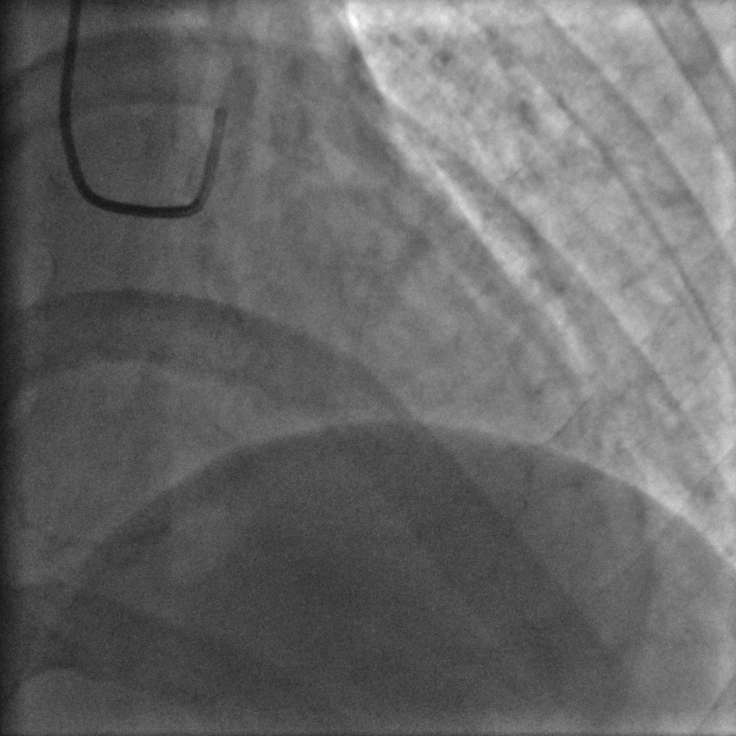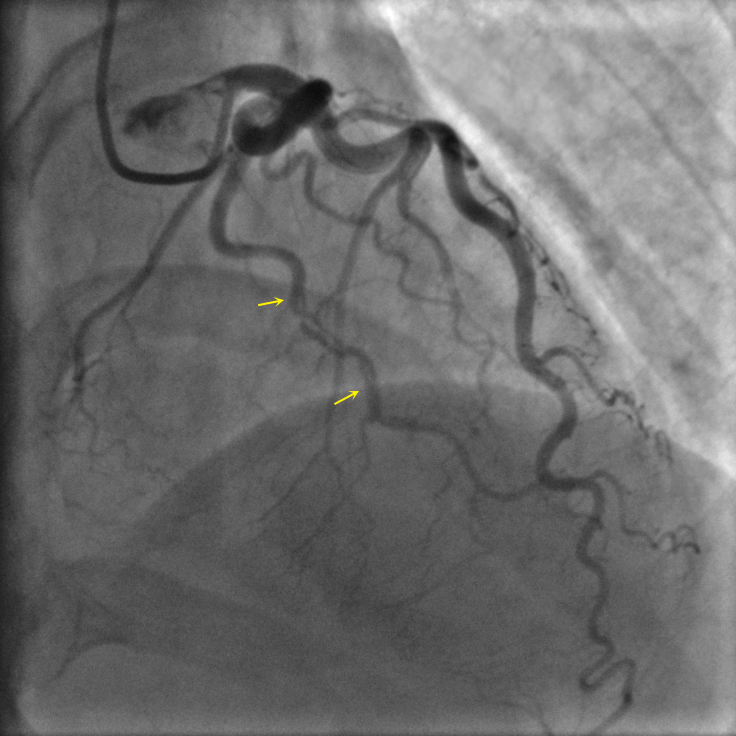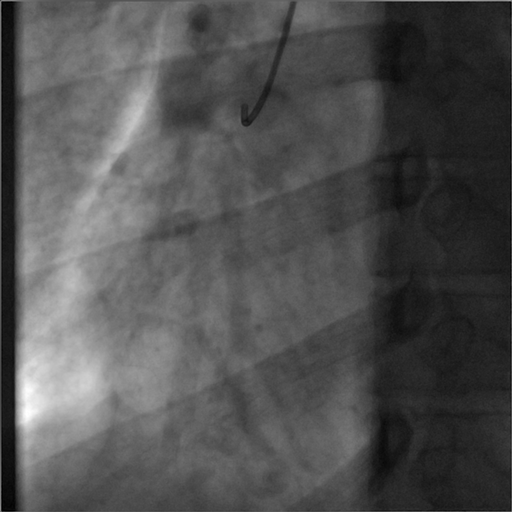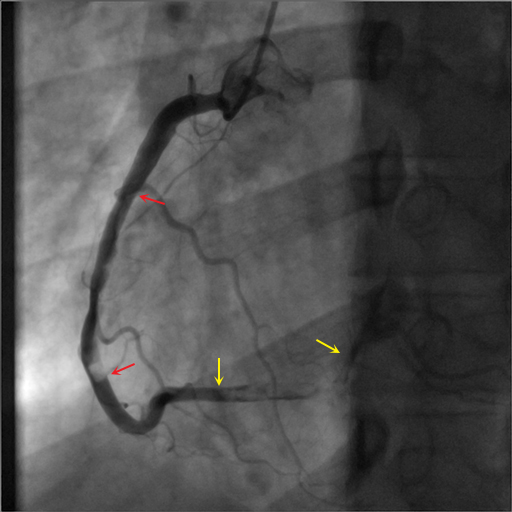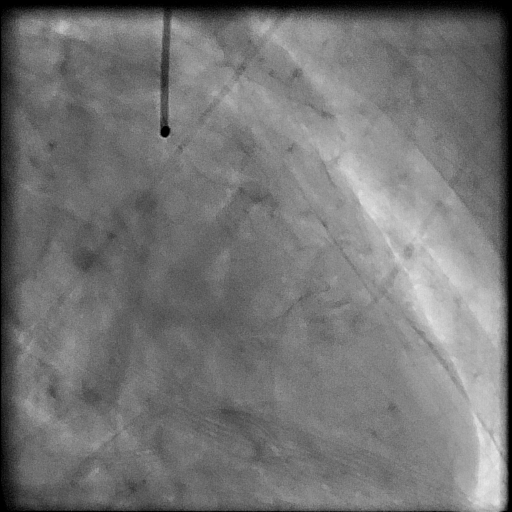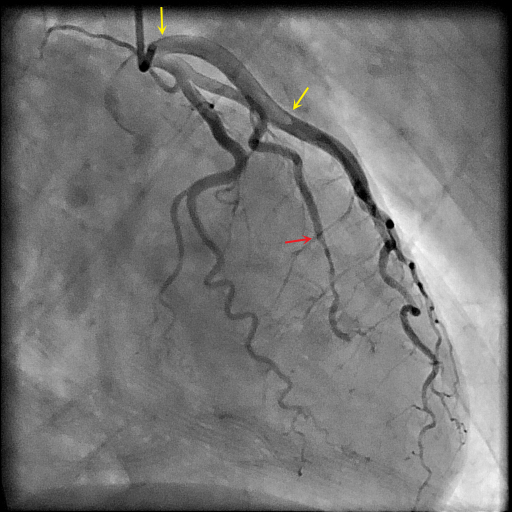SCAD Angiography: Difference between revisions
Jump to navigation
Jump to search
(Created page with "__NOTOC__ {{CMG}}; {{AE}} {{NRM}} Shown below are animated and static angiography images exemplifying each type of spontaneous coronary artery dissection (SCAD). For clinical...") |
No edit summary |
||
| Line 4: | Line 4: | ||
Shown below are animated and static angiography images exemplifying each type of spontaneous coronary artery dissection (SCAD). For clinical aspects of the disease click [[Spontaneous coronary artery dissection|here]]. | Shown below are animated and static angiography images exemplifying each type of spontaneous coronary artery dissection (SCAD). For clinical aspects of the disease click [[Spontaneous coronary artery dissection|here]]. | ||
==Type 1== | |||
[[File:28-2-type-1-14RAO35CRA.gif|300px|]] | [[File:28-2-type-1-14RAO35CRA.gif|300px|]] | ||
[[File:28-2 type 1 14RAO35CRA.jpg|300px|]] | [[File:28-2 type 1 14RAO35CRA.jpg|300px|]] | ||
Revision as of 16:45, 22 November 2016
Editor-In-Chief: C. Michael Gibson, M.S., M.D. [1]; Associate Editor(s)-in-Chief: Nate Michalak, B.A.
Shown below are animated and static angiography images exemplifying each type of spontaneous coronary artery dissection (SCAD). For clinical aspects of the disease click here.
Type 1
Projection angle: 14 RAO, 35 CRA. Type 1 SCAD is seen in OM2.
Projection angle: 30 RAO, 30 CAU. Type 1 SCAD is seen in L2.
Projection angle: 33 LAO, 2 CRA. Two independent type 1 SCAD lesions are seen in R2 and R3.
Projection angle: 26 RAO, 24 CAU. Type 1 SCAD is seen in OM1/OT. Note, there is also a type 2A in C1.
Projection angle: 36 RAO, 11 CAU. Type 1 SCAD is seen in L1, L2. Note, there is also a type 2B in OM1.
